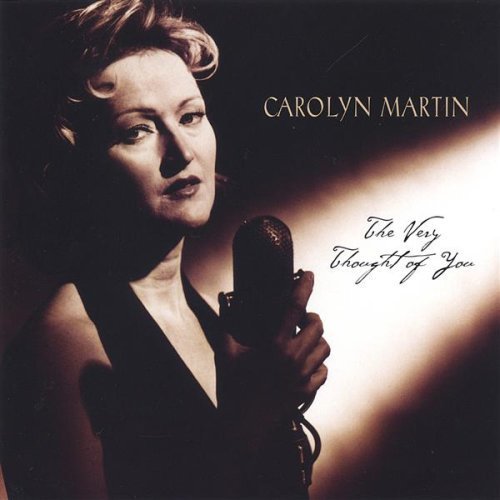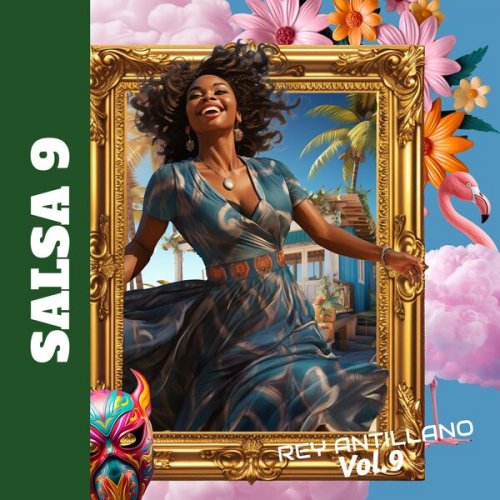01. Surge
02. Voices of the Orchard
03. Scattering
04. Volta
05. In Between II
The 21st Century Orchestra is a celebration of the evolution of symphonic writing into our current era through the lens of the work of four composers on faculty at Brown University: Wang Lu, Anthony Cheung, Joseph Butch Rovan, and Eric Nathan. Despite their diverse stylistic approaches, they share a decidedly contemporary approach to writing for individual instruments and for contextualizing the modern orchestra, heard in expert performances by one of the premiere symphonies devoted to modern music in the United States, the Boston Modern Orchestra Project, led by Gil Rose.
The adage goes that it is much more difficult to change direction with a cruise ship than a small boat. Such is the case with symphony orchestras, and the orchestral world in general, in comparison to nimble chamber music organizations. For this reason, the kind of experimentation seen in chamber contexts has been slow to find its way into orchestral repertoire — the logistics are too complex, the financial stakes too high, and the risk aversion too entrenched, all for understandable reasons. But there are exceptions to every rule, and trailblazers for every path. The 21st Century Orchestra featuring the Boston Modern Orchestra Project (BMOP) celebrates a project curated by the Brown University faculty composers with one of the country’s seminal large ensembles for contemporary music that asserts exciting paths for the future. Wang Lu, Anthony Cheung, Joseph Butch Rovan, and Eric Nathan each cultivate ways to use the power and breadth of orchestral forces to manifest their individual aesthetic goals, navigating the unique factors involved in composing for large ensemble without compromising their visions.
Wang Lu’s Surge functions like an introductory overture to the recording, announcing itself immediately with a snare drum roll and heroic ascending trumpet fanfare. Dramatic, cinematic harmonies are fleshed out in the strings and brass, punctuated by wooden percussive hits. Wang Lu expertly balances solo and divisi moments with large tutti gestures, mixing the individual virtuosity associated with small ensemble contemporary music with the expanse of orchestral forces. Voices of the Orchard is an orchestral suite adapted from Wang Lu’s 2022 chamber opera The Beekeeper that explores how a piece of land holds onto stories, human and animal alike. The piece preserves an operatic emphasis on character and setting, shifting between evocative narrative sections The opening material in the winds is lyrical with hints of foreboding lurking underneath, captured by the fragility of the high register violin writing, the mournfully subtle glissandi in the brass and strings, and a lilting repeated figure. The oboe and piccolo lead a sudden shift to a texture that bristles with life, like an ecosystem waking in the morning. When the strings take over with a languid line, the percussion supports with brushes on a snare drum outlining a light, swinging rhythm. Skittering sul ponticello figures in the strings, fleet chromatic runs in the piccolo, and a haunting bass drum roll remind the listener of dark forces in the background.
Butch Rovan’s Scattering introduces live electronics into the orchestra. The work features the TOSHI (The Orchestra-Synthesis Human Interface) system, which involves a controller worn on the wrist of the conductor that triggers electronic sounds based on their hand movements. The Covid-19 pandemic and George Floyd murder and subsequent protest movement moved Rovan to consider the nature of interconnected systems. The relationship between conductor and orchestra is indeed a system in itself, with a series of gestures that communicate musical directives. What would happen if that system was expanded to incorporate an element beyond the conventional forces of the orchestra? Rovan’s dramatic initial brass announcements are answered by ethereal electronic sounds, framing the discourse of the piece immediately as one that will take place past the boundaries of the instruments onstage. Often at phrase culminations, TOSHI captures the line and swirls sound spatially around the “hall” (or the stereo field), reinforcing the multi-dimensional context. Powerful unison bursts in the brass are answered by cavernous inward breathing sounds from TOSHI. Despite being the “foreign element” in an orchestral setting, in Scattering the orchestra plays the public role, while TOSHI brings us into a more internal sound world, amplified for the concert hall.
Anthony Cheung’s Volta refers to the poetry technique wherein the meaning of a poem suddenly pivots, transforming meaning. Cheung’s piece is full of such deft, clever turns, building up expectation just before the material takes an unexpected turn. It opens with collages of diversified activity broken up by short sustained violin phrases. Slapstick punctuations trigger furtive interlocking ensemble machines. An off-kilter dance is dotted by a cuckoo song in the winds, but just as the texture is settling, jagged brass shatter the light mood. Shrouded tremolos, fleet scale bursts, and brief hyper expressive gestures characterize the next section. An oblique arrival on a unison pitch paves the way for elastic, gooey sighing gestures in the winds and tactile, staccato material in the strings. After a climactic segment that echoes the energy of the opening collage before blooming into cathartic exuberance, the work ends in a sparse haze, with a lone, unstable violin ascending into the ether.
Inspired by forest sounds near his home, Eric Nathan’s In Between II transforms the orchestral timbral palette to evoke a natural landscape and the wonder it inspires. We hear the rustling of leaves, swooshing of wind, and creaking of branches. The conductor’s gestures during these evocations are choreographed in the score, adding an artful visual element to the performance. Nathan asks members of the orchestra to play passages on harmonica, allowing the wind of the forest to animate the reeds of the instrument and produce a quasi-ambient harmony. When we hear the instruments enter in earnest nearly four minutes into the work, the environment has already been well established; we hear the orchestra “inside” of the sonic forest. Nathan unleashes the full force of the ensemble as the piece peaks, with epic swells that pass between rich brass, vigorous strings, and luminous bells. The ensemble coalesces into waves of shimmering harmony before closing with the forest sounds from the beginning and a lone violin playing in the high register. Nathan’s creativity is emblematic of the 21st Century Orchestra project as a whole; each composer approached it with reverence and discipline, bringing the richness of symphonic music into their realm of creative invention and pointing the way towards an invigorated role for orchestral repertoire in the future.
- Dan Lippel


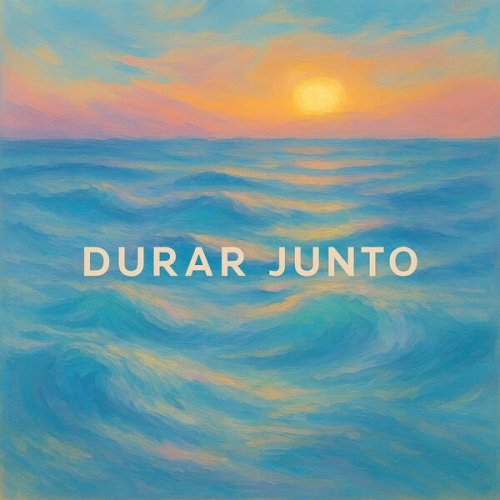

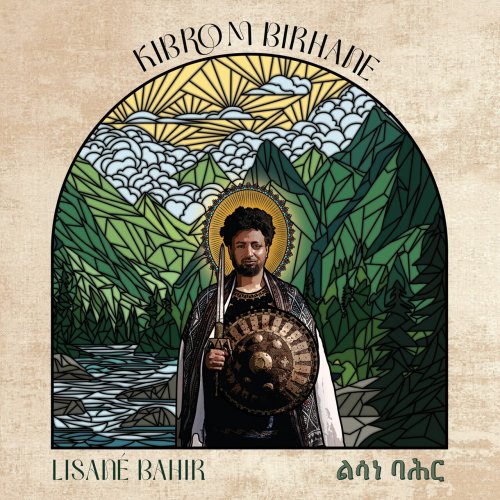
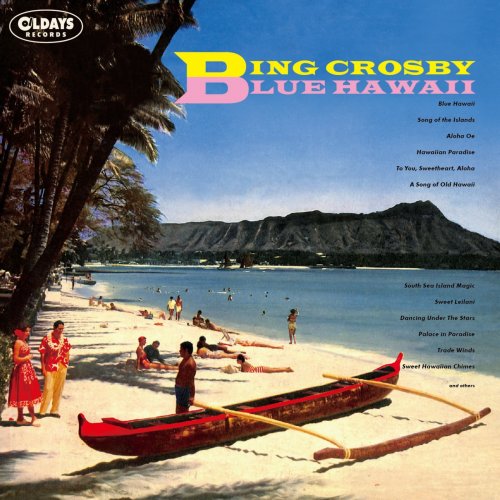

![Tomasz Stańko - Piece for Diana and Other Ballads (Polish Radio Sessions vol. 1/6) (2025) [Hi-Res] Tomasz Stańko - Piece for Diana and Other Ballads (Polish Radio Sessions vol. 1/6) (2025) [Hi-Res]](https://www.dibpic.com/uploads/posts/2025-12/1765788761_cover.jpg)
